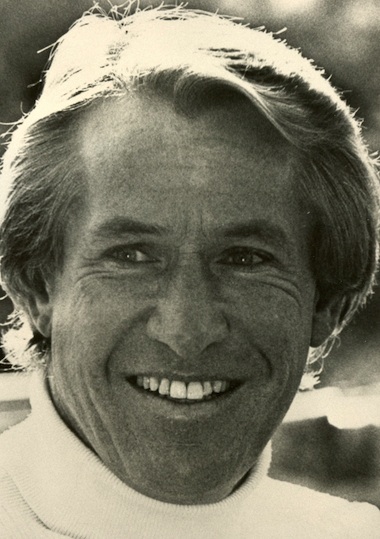
Bob Beattie: An Appreciation
By John Fry
Bold, dynamic, charismatic, Bob Beattie fueled much of what happened to competitive alpine skiing between 1960 and the end of the 20th Century. During those 40 years the U.S. Ski Team, Nastar, the World Cup, professional racing, and television coverage of the sport wheeled into the Beattie gas station where their tanks were filled with his super-octane energy.
Known to uncounted numbers of skiers, his obituaries now strewn across the Internet, Robert Prime Beattie, for the record, died on Easter Sunday, April 1, 2018 at the age of 85 at the home of his son Zeno, in Fruita, Colorado. What follows is an intensively researched, nuanced appraisal of when, where, and how he succeeded, by a journalist who knew, interviewed and interacted with him over 50 years. John Fry is indebted to Jack Beattie for providing little known facts about his brother, and ensuring the accuracy of some of this account.
Few figures in athletics have held sway over a sport in such diverse ways as did Bob Beattie. He became skiing’s combination in a single person of coach, commissioner, and sportscaster.
After he became national U.S. Ski Team head coach in the 1960s, he helped to create the World Cup of Alpine Skiing, insisting that the world’s best racers compete annually in America. He later caused the National Standard Race (Nastar) to explode from eight to more than a hundred ski areas. When he controlled head-to-head, dual-course professional racing in the 1970s, he made stars of dozens of skiers, giving them national and international visibility. For at least 20 years, on ABC sports and ESPN cable, he was television’s best known ski commentator. Without Beattie, much of skiing would be different from the sport we know today.
To read the full article, see the upcoming May-June issue of Skiing History magazine.

Add new comment